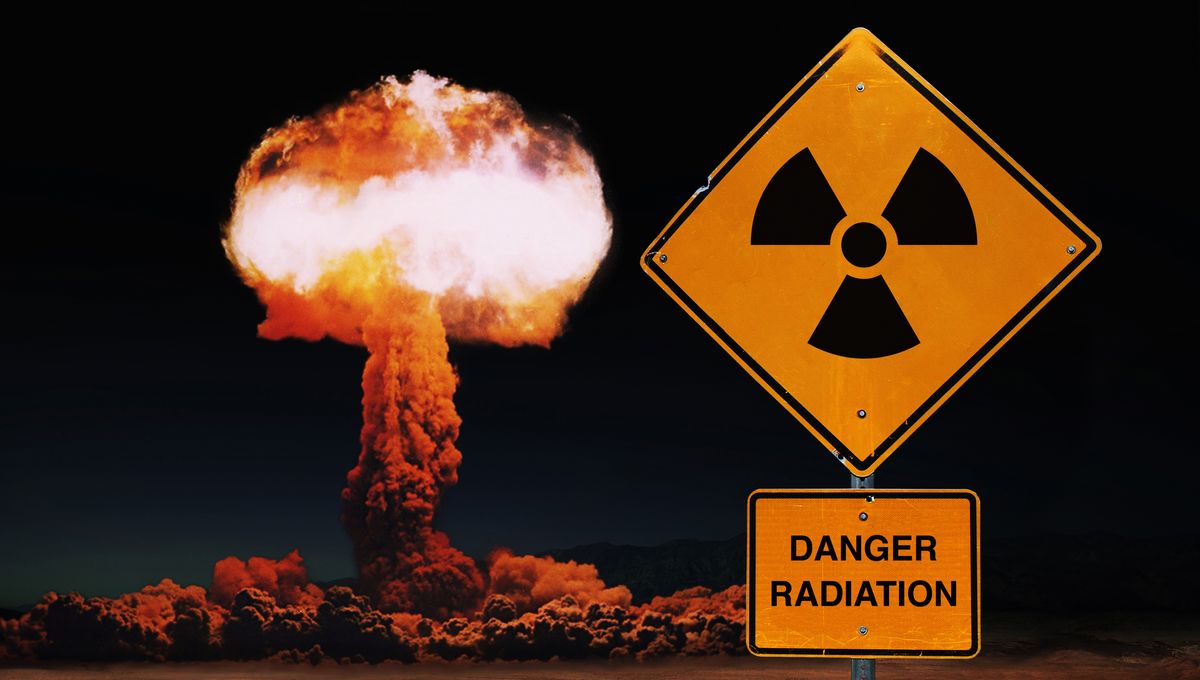
For the first time in 35 years, the US National Nuclear Security Administration (NNSA) has manufactured a plutonium pit for use in a nuclear weapon. Functioning as a radioactive core for nuclear weapons, the component has been declared war-ready and marks the beginning of a scaling-up initiative that will see 80 plutonium pits created per year from the mid-2030s.
During the Cold War, the US produced hundreds of plutonium pits each year at the Rocky Flats Plant in Colorado. However, manufacturing was shut down in 1989 when the plant was declared a hazardous waste site due to environmental crimes.
Most of the 5,044 nuclear warheads in the US military’s stockpile therefore contain plutonium pits that were manufactured in the 1980s, and plans have been announced to replace every nuclear delivery system in the nation’s arsenal with modernized versions.
The new pit was produced at the Los Alamos National Laboratory (LANL) and is slated to be incorporated into a W87-1 warhead, which will replace the older W87 warhead on the US Air Force’s Sentinel intercontinental ballistic missile within the next decade. The target is now for the LANL to reach an output of 30 plutonium pits per year, with an extra 50 being produced at the Savannah River Plutonium Processing Facility in South Carolina.
“This first fully qualified plutonium pit for the W87-1 nuclear warhead was “diamond stamped” after meeting all requirements, signifying its readiness for deployment to the U.S. nuclear stockpile at “war reserve” quality,” explained the NNSA in a statement. “NNSA is currently rebuilding the capability to manufacture plutonium pits, at the rate of no fewer than 80 pits per year.”
What Is Plutonium?
Plutonium is an element that exists in several different isotopes, each of which has a different number of neutrons. Most of these varieties are fissile – meaning their atomic nuclei can easily be split. Plutonium-239 is the isotope typically used in nuclear warheads.
Plutonium pits are hollow spheres that cause the nuclear explosion of these deadly weapons. Usually, a chemical explosion will compress the pit, triggering a fission reaction within the plutonium.
The energy released by this fission is known as the “primary” explosion and is harnessed to fuse hydrogen isotopes together, thus producing a much larger “secondary” thermonuclear fusion explosion.
Where Does Plutonium Come From?
Despite being a naturally occurring element, plutonium is only found in trace amounts in the Earth’s crust, which means it must be manufactured for use in nuclear warheads.
Plutonium-239 is made by irradiating uranium inside a nuclear reactor. Depending on the process, the resulting plutonium may be weapons-grade – meaning it’s apt for deployment in plutonium pits – or reactor-grade, which is ideal for powering nuclear reactors.
Source Link: US Produces First Plutonium Pit For Nuclear Weapons Since 1989